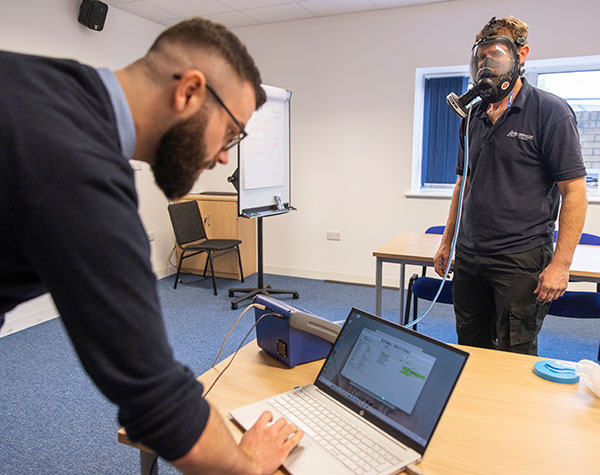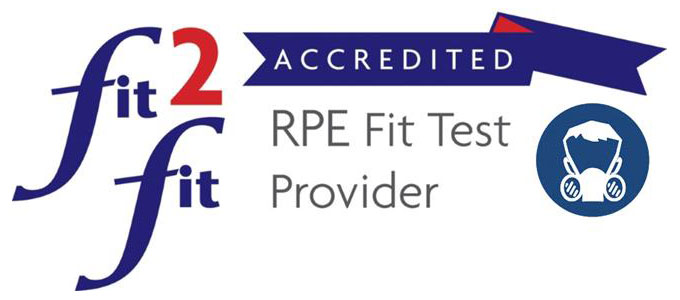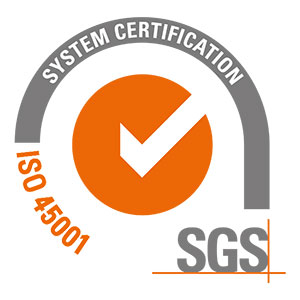Face fit testing for respirator masks is a crucial element of ensuring the health and safety of anyone who wears a respirator, to ensure it is fitted correctly to the wearer. At G&L, we understand the importance of protecting your employees from all harmful substances.
Studies suggest that thousands of workers die or develop life-changing illnesses every year due to exposure to harmful substances. To prevent such incidents in the future, the correct selection and use of respiratory protective equipment (RPE) is essential. Face fit testing ensures that an adequate seal can be formed between the face seal of the chosen respirator and the wearer’s face.
Legislation requires fit testing to be carried out if a risk assessment identifies that tight fitting respiratory protective equipment is needed, and individual fit testing has not been previously done. Repeat testing is required if there has been a substantial weight change, severe dental treatment, scarring that may affect the seal, a change in the make/model/size of the RPE, or on an annual basis if the RPE is used as a primary means of exposure control.
At G&L, we provide quantitative or qualitative face fit testing services. Both quantitative and qualitative testing methods have their advantages, and we can help you decide which one is best for your workplace.
At G&L, we have experienced fit testers who hold Fit2Fit Accreditation for both quantitative and qualitative fit testing. We stock respirators from a range of manufactures of different models and sizes so we can ensure we provide the respirator with the best possible fit. Our experienced and qualified team can conduct face fit testing at our offices in Somerset and Northern Ireland or at your workplace, ensuring that your employees are adequately protected. We are committed to providing a people-first approach, unparalleled expertise, and reliable, professional service every time.
Quantitative testing
This uses the universally recognised TSI Portacount Plus Respirator Fit Tester (testing in accordance with HSE Operational Circular HSE OC 282/28 and Guidance Note HSG53) which measures microscopic particles in the ambient air to determine whether the chosen respirator provides an adequate seal. This method can test all types of RPE, including disposable respirators, Ori-Nasal (half-mask) respirators, full-face respirators, power-assisted respirators, and breathing apparatus.
Qualitative testing
A pass/fail test that relies on the wearer’s subjective response to a bitter-tasting aerosol called Biterex. This test is suitable for disposable and half-mask respirators.


Fit testing is required for any respirator use, in order to protect from the following:
Solid particles
(particles of solid material, including aerosols, dusts, fibres, smokes and fume)
- Asbestos dust
- Engine exhaust particles and fume
- Lead dust and fume
- Stone dust
- Welding dust
- Smoke
- Fungal spores and parasites
- Bacteria and viruses
- Flour
Liquid particles
(Fine sprays, mists and aerosols made up of small droplets of liquid)
- Paints
- Pesticides
- Powder coating mix
- Liquid jetting
Mists
- Chrome acid
- Cutting fluids
- Oil mist
Vapour
(Gaseous forms of a solid or liquid)
- Solvent vapour
- Mercury vapour
Gas
- Carbon monoxide
- Engine exhaust gases
- Sewer gas
- Chlorine




